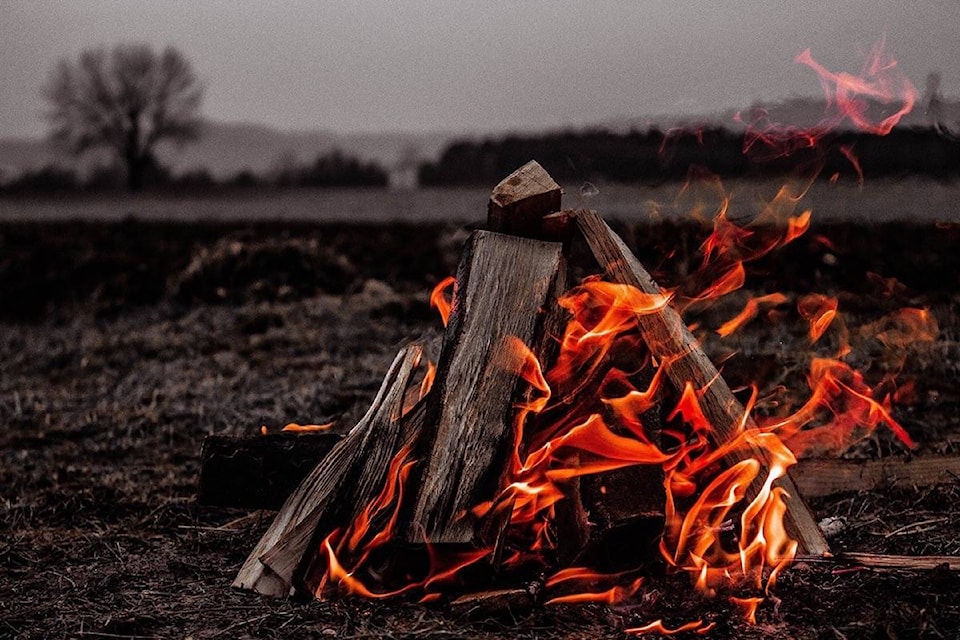Just two weeks into May, and there’s already been one lightning-caused wildfire and six human-caused fires in the Southeast Fire Centre - as well as two grass fires in Fruitvale.
“Yes it’s early days and there is still snow on the ground out there in the many areas,” began Fire Information Officer Carlee Kachman. “But this is still a reminder that people do need to be diligent in their use of fire at all times.”
The first lightning-sparked fire happened Friday on the northside of Syringa Provincial Park.
A helicopter was deployed to carry in supplies for a ground crew to battle the fire, which by the time it was extinguished, encompassed 0.25 hectares.
“It was small, actioned really fast, and it is out,” Kachman told the Times. “All the others were human-caused and under investigation. People are needing to be reminded to be really mindful when using fire even though we currently don’t have any bans or restrictions in place,” she said.
“Regulations still apply for monitoring, having fuel breaks and appropriate equipment on hand to put out the fire in case of escape, and making sure the fires are completely out.”
Meanwhile, two grass fires a Fruitvale crew dealt with last week were person-caused but not from homeowners burning garden waste.
RCMP Sgt. Darren Oelke confirmed the Fruitvale Fire Department attended an incident behind their fire hall.
“As they were cleaning up at the fire hall, someone saw a male return and start a fire in the same area,” Oelke explained. “The police were then called.”
A positive ID could not be made of the male who re-started the fire, Oelke added.
“However, one male was arrested for being intoxicated in a public place and causing a disturbance. He was held in custody overnight then released without charge.”
Regional Fire Chief Dan Derby said the grass fires are a reminder of how flammable conditions remain despite early spring.
“Dead standing grass that freezes in the winter is still flammable until it greens up,” he said. “So that adds to the fire risk this time of year, and it’s not uncommon to have a backyard fire become a small grass fire very quickly because the fuel around the fire pit area is very flammable.”
Derby reminds locals to do their homework and first find out if fires are even permitted.
“If people are legally allowed to burn, they need to do so responsibly and be aware of the tools they need to have on hand, such as a garden hose and shovel, to be able to action that fire if things get out of hand.”
Kachman wants all homeowners to be proactive and tap into FireSmart, a B.C. program that helps protect houses, resources and infrastructure from the threat of wildfire.
Property owners are recommended to start with a general yard cleanup, such as removing needles, branches and underbrush that could fuel a fire. Long grass should be cut, low-level branches pruned and bark mulch with gravel or decorative rock, replaced.
“FireSmart is a whole body of knowledge that is really clearly laid out,” she advised.
“It gives detailed information about exactly what anybody would need to do in and around their homes and on a larger scale within their communities.”
The summer of 2017 will be remembered as one of the worst wildfire seasons in British Columbia’s history.
Over 1.2 million hectares burned, 65,000+ people were displaced, and fire suppression costs exceeded $568 million.
Of the 1,347 wildfires across B.C. last summer, 376 were within the Southeast Fire Centre which burned 90,683 hectares of land.
